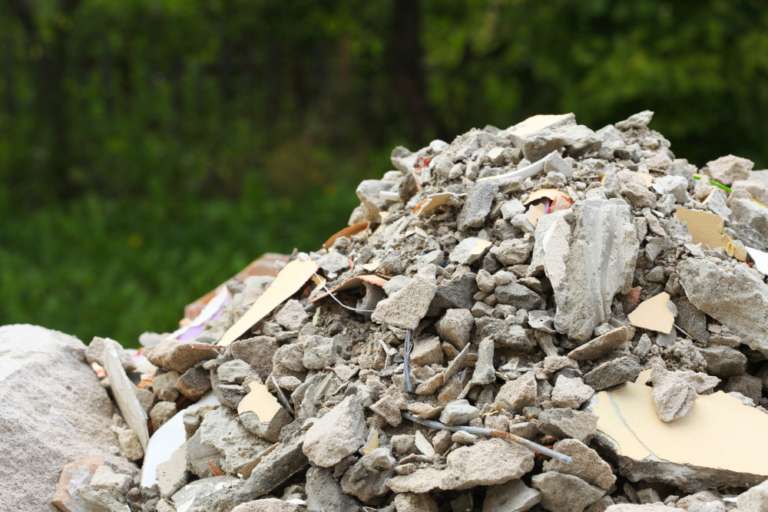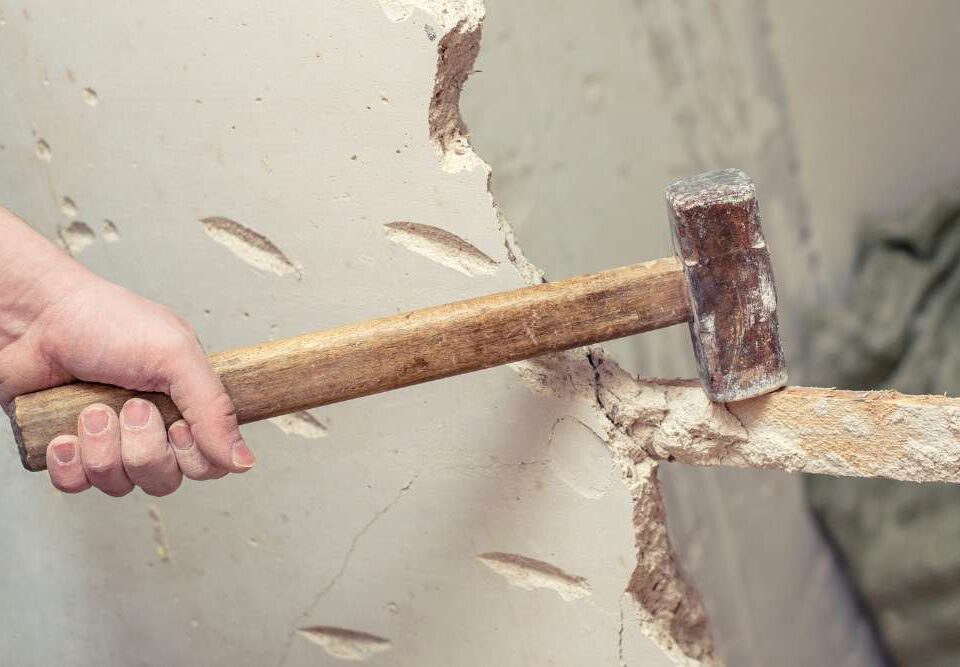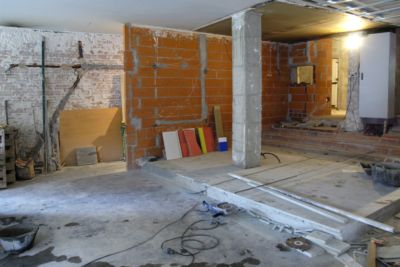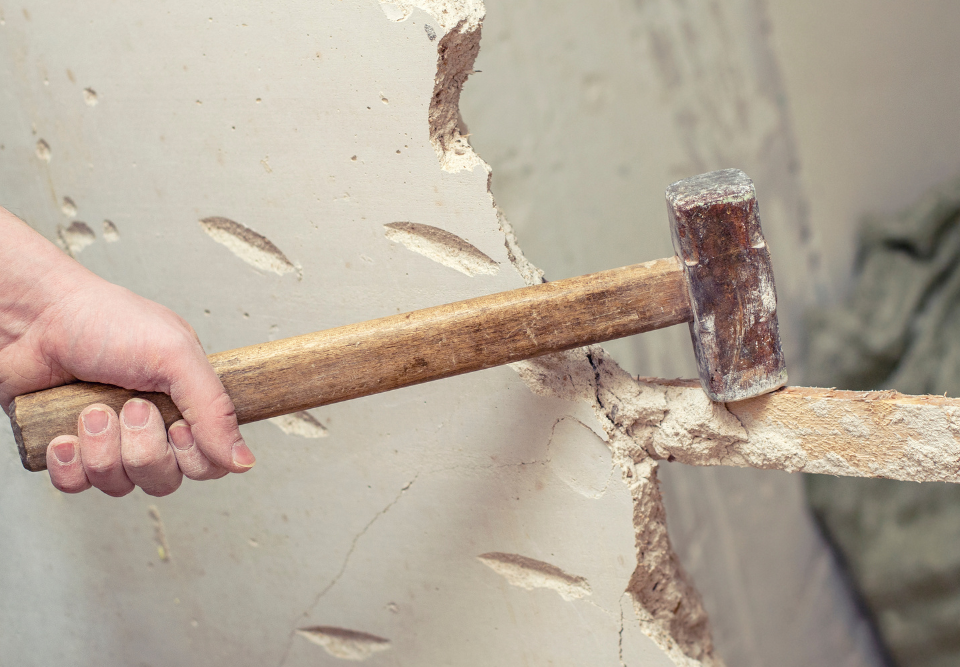
Tips for Tackling Concrete Removal with Ease
September 5, 2025
How to Safely Complete Flooring Removal
September 8, 2025Demolition Cleanup After a Renovation What to Expect
Understanding the Scope of Post Renovation Debris
After a renovation, the sight of scattered materials and debris can feel overwhelming. Renovation projects often leave behind dust, scraps of wood, broken tiles, and remnants of old fixtures. A proper demolition cleanup involves more than just sweeping the floor; it requires careful sorting and safe handling of all materials. Hazardous items such as nails, glass shards, and leftover chemicals must be treated with care to prevent accidents. Knowing what to expect allows homeowners to plan ahead, ensuring that every corner of the property is thoroughly cleared and ready for the next stage of use or decoration. Preparing for this process in advance helps reduce stress and ensures safety for anyone entering the renovated space.
Cleanup begins with separating materials into categories, such as recyclable items, reusable elements, and waste destined for disposal. This sorting not only makes the job more organized but also supports eco-friendly practices by diverting materials from landfills. Large debris, such as cabinets or countertops, often requires specialized equipment or professional help for removal. Recognizing these challenges early allows homeowners to make informed decisions about hiring services versus tackling the cleanup themselves. By understanding the full scope of post-renovation debris, the process becomes more manageable and less time-consuming.
Planning Your Demolition Cleanup Strategy
Successful cleanup starts with a clear strategy. Homeowners should first identify all areas affected by renovation activities, noting where heavy debris or hazardous materials may be concentrated. Proper protective gear such as gloves, masks, and sturdy shoes is essential to prevent injuries. Establishing a timeline for debris removal ensures that the cleanup progresses efficiently and avoids prolonged clutter that could hinder the use of renovated spaces. Effective planning also allows for the allocation of resources, whether that involves renting dumpsters or scheduling professional junk removal services to handle large or complex items.
Strategizing the cleanup process also includes considering disposal options. Certain materials, like metals, concrete, or electronic components, may require special handling and recycling procedures. Planning in advance can prevent last-minute complications and ensure compliance with local disposal regulations. By approaching the cleanup methodically, homeowners can minimize the effort required while maximizing safety and efficiency. A well-thought-out strategy transforms an overwhelming mess into a structured process, making the transition from construction chaos to a polished, usable space seamless and less stressful.

Safety Precautions During Post Renovation Cleanup
The cleanup following a renovation is not just about tidiness; safety is paramount. Debris may conceal sharp objects or toxic substances, making protective equipment non-negotiable. Wearing gloves, masks, and safety goggles can prevent injuries from splinters, dust, and accidental contact with chemicals. Additionally, lifting techniques should be carefully considered to avoid strain or accidents when moving heavy debris. Taking precautions before handling materials minimizes the risk of injury and contributes to a smoother cleanup process.
Beyond personal protection, maintaining clear pathways during cleanup is crucial. Items left in walkways can cause trips and falls, especially in spaces where construction activity has disrupted normal flooring and layouts. Keeping tools and debris organized prevents clutter from becoming a hazard. Awareness of electrical lines or plumbing fixtures that may be exposed during demolition ensures further safety. These measures create a secure environment, allowing the cleanup to progress efficiently without endangering anyone involved. Following these safety precautions is essential for both professional and DIY post-renovation efforts.
Efficient Disposal Methods for Renovation Debris
Disposing of renovation debris efficiently requires careful planning and access to the right resources. Homeowners can sort materials for recycling, donation, or landfill disposal. Metals, wood, and certain plastics often have recycling options, while bulky items like old cabinets or broken furniture may need professional hauling. Choosing an organized approach prevents delays and ensures debris does not accumulate unnecessarily in living spaces. Proper disposal methods also minimize environmental impact and can reduce costs associated with waste management.
Another key aspect is utilizing professional junk removal services for large or hazardous items. Such services bring the manpower and equipment to handle heavy materials safely and responsibly. They also often provide options for recycling or donating usable items, adding value beyond simple disposal. With a clear plan, homeowners can tackle post-renovation waste systematically, reducing stress and making the home ready for enjoyment sooner. This approach balances efficiency with environmental responsibility, resulting in a cleaner, safer space.
When to Hire Professional Demolition Cleanup Services
Homeowners may wonder when professional help is necessary for post-renovation cleanup. Large-scale renovations, heavy debris, or hazardous materials typically warrant the expertise of a cleanup service. Professionals offer equipment and experience that streamline the process, ensuring that debris is removed safely and efficiently. Even smaller projects can benefit from professional intervention if time constraints or physical limitations make DIY cleanup impractical. Knowing when to call experts prevents prolonged mess and reduces the risk of injury.
Professional services also offer flexibility, accommodating specific schedules and volume requirements. They can handle the heavy lifting and transportation, alleviating the strain on homeowners. Beyond labor, professionals understand local disposal regulations and have established networks for recycling and donation, making compliance simpler. Engaging a cleanup service provides peace of mind, knowing that all aspects of debris removal are managed responsibly and promptly. This decision allows homeowners to focus on enjoying the newly renovated space rather than being bogged down by leftover mess.
Understanding Costs of Post Renovation Cleanup
The cost of post-renovation cleanup can vary based on the volume and type of debris, the size of the property, and whether professional services are employed. Homeowners should anticipate potential fees for dumpster rental, hauling services, and disposal of hazardous materials. Comparing options and getting estimates in advance helps in budgeting effectively. Being aware of costs before starting ensures no financial surprises arise during or after cleanup.
Cost considerations also include labor and time investments if handling the cleanup independently. DIY efforts may save money but often require significant physical exertion and time commitment. Alternatively, professional services may incur higher upfront costs but deliver speed, safety, and convenience. Understanding the trade-offs allows homeowners to make informed choices, balancing budget with efficiency and peace of mind. Transparent planning around costs ensures that cleanup proceeds without unnecessary stress, keeping the post-renovation experience positive and controlled.
Eco Friendly Practices in Demolition Cleanup
Incorporating eco-friendly practices during demolition cleanup reduces environmental impact and promotes sustainability. Sorting debris for recycling and donating usable items helps minimize waste sent to landfills. Materials such as metals, wood, and electronics can often be recycled or repurposed, turning what might be considered trash into valuable resources. Homeowners can contribute to sustainable practices by planning for these options from the beginning of the cleanup process.
Beyond recycling, careful handling of hazardous materials like paints, solvents, and chemicals prevents environmental contamination. Professional cleanup services often have established channels for responsible disposal and recycling, making green cleanup easier to achieve. Taking these steps not only benefits the environment but also encourages conscientious habits in the household. Eco-friendly demolition cleanup transforms a messy post-renovation space into an organized, responsible, and environmentally considerate area.
Preparing Your Home Before Cleanup Begins
Proper preparation sets the stage for a smoother demolition cleanup. Clearing pathways, covering sensitive areas, and ensuring access for hauling equipment can save time and prevent damage. Identifying high-risk zones where debris is concentrated allows homeowners or professionals to address these areas first, improving efficiency and safety. Advance preparation also includes gathering protective gear and planning for waste separation, making the entire process more organized.
Additionally, preparation involves communicating with cleanup teams about specific requirements or concerns. Homeowners may want certain items salvaged or areas treated with extra care. Establishing these expectations early helps avoid confusion and ensures that the cleanup aligns with desired outcomes. A well-prepared home facilitates a faster, safer, and more effective post-renovation cleanup, allowing the refreshed space to be enjoyed sooner without unnecessary interruptions.
Common Challenges in Post Renovation Cleanup
Demolition cleanup presents a variety of challenges that homeowners should anticipate. Dust accumulation, scattered nails, and uneven flooring can create obstacles. Bulky furniture, leftover cabinetry, and construction waste require significant effort to move safely. Recognizing these challenges before beginning allows for better planning and resource allocation, whether that involves renting equipment or hiring professionals. Being prepared reduces frustration and increases the efficiency of the cleanup process.
Unexpected complications may also arise, such as discovering hidden damage or previously unnoticed debris in attics, basements, or behind walls. Flexibility and adaptability are key to managing these surprises. Establishing a methodical approach to sorting, handling, and disposing of debris ensures that even unforeseen obstacles are addressed promptly. Homeowners who anticipate challenges are better equipped to navigate the cleanup process and achieve a thorough, safe, and timely restoration of their renovated space.
Ensuring a Thorough and Complete Cleanup
Achieving a truly clean post-renovation space involves more than superficial tidying. A complete cleanup addresses every corner, from floors to walls, and ensures that no hidden debris or hazardous materials remain. Attention to detail is essential, especially in areas prone to dust accumulation or where heavy renovation activities took place. A thorough approach guarantees that the space is safe and ready for daily use, reflecting the quality and care of the renovation project itself.
Completeness also includes proper disposal of all materials according to local regulations and sustainable practices. Homeowners should check that no items are left behind that could create hazards or detract from the functionality of the space. Completing the cleanup with organized storage or removal of remaining items provides a sense of closure and satisfaction. A comprehensive cleanup transforms a chaotic post-renovation site into a polished and livable environment, showcasing the renovation’s success fully.
Conclusion
After a renovation, dealing with the debris can feel like a daunting task, but understanding the process makes it manageable. Sorting, safely handling, and disposing of materials efficiently ensures the space becomes usable quickly while minimizing risks. Whether addressing dust, hazardous materials, or bulky furniture, an organized and methodical approach transforms chaos into order. Planning ahead for resources, protective gear, and disposal methods helps homeowners navigate the cleanup with confidence and ease.
For those who prefer professional support, North Bay Junk Removal in Santa Rosa, CA provides expert junk removal services that handle post-renovation debris swiftly and responsibly. Their team offers comprehensive solutions for homes of any size, ensuring safety, eco-friendly practices, and thorough cleanup. For a hassle-free experience, homeowners can contact North Bay Junk Removal at 707-478-6817 and reclaim their space efficiently. Choosing the right service guarantees that post-renovation cleanup is not only manageable but also seamless and stress-free.




